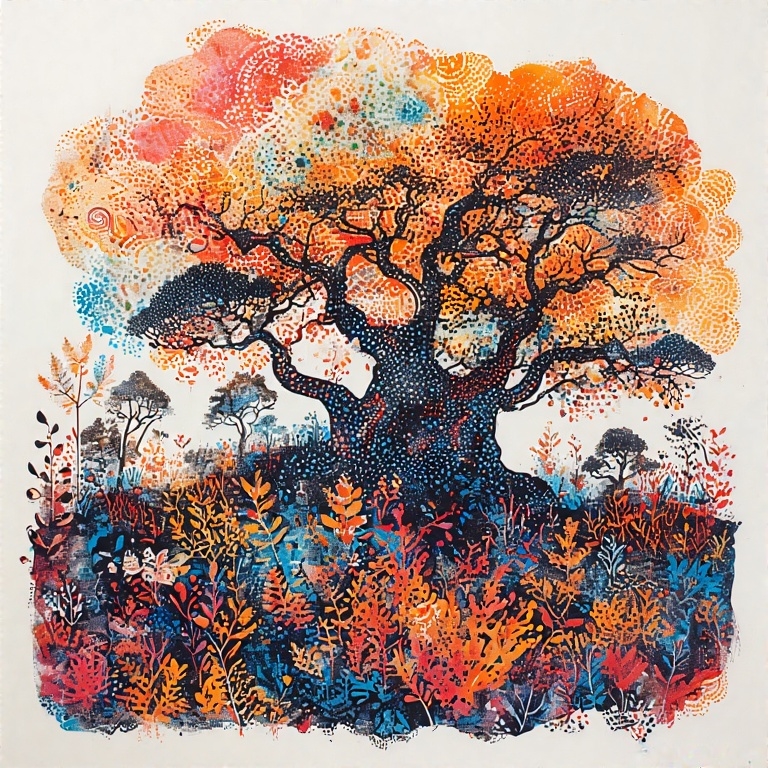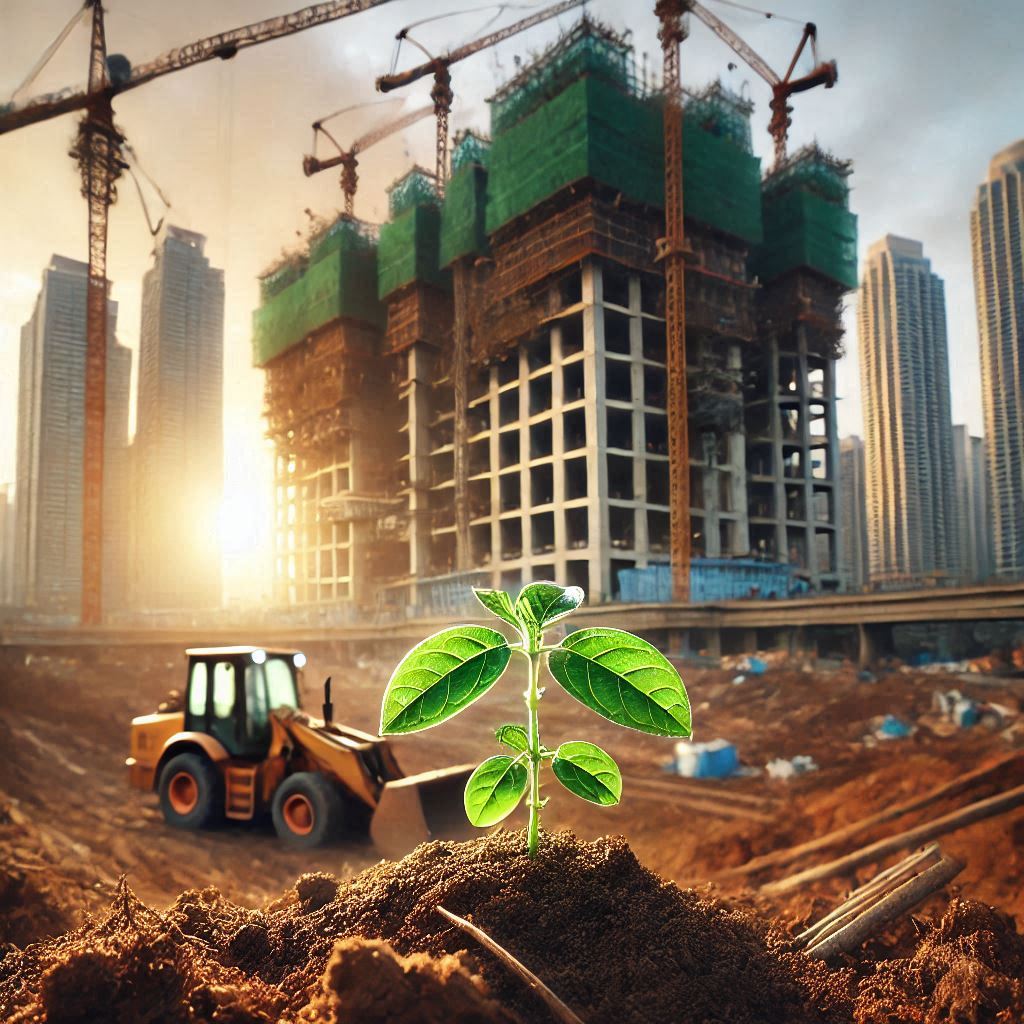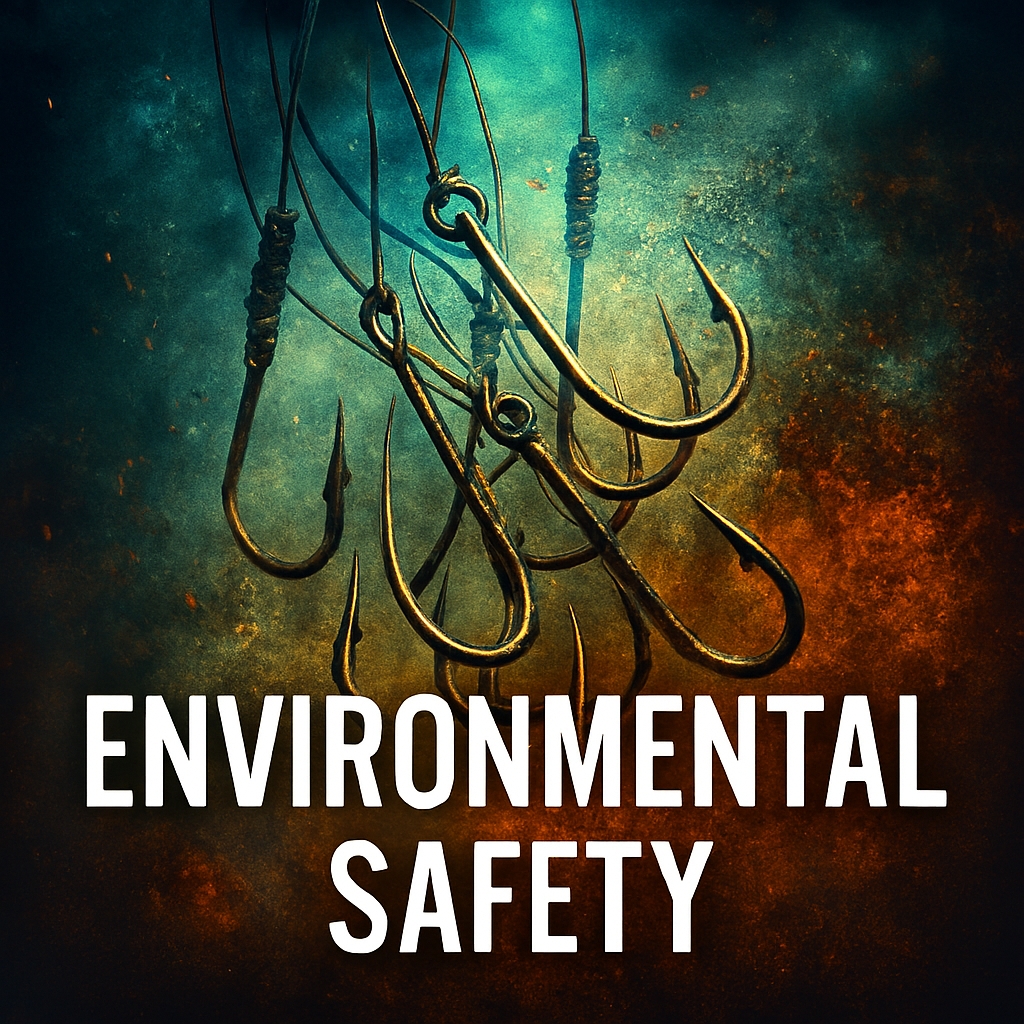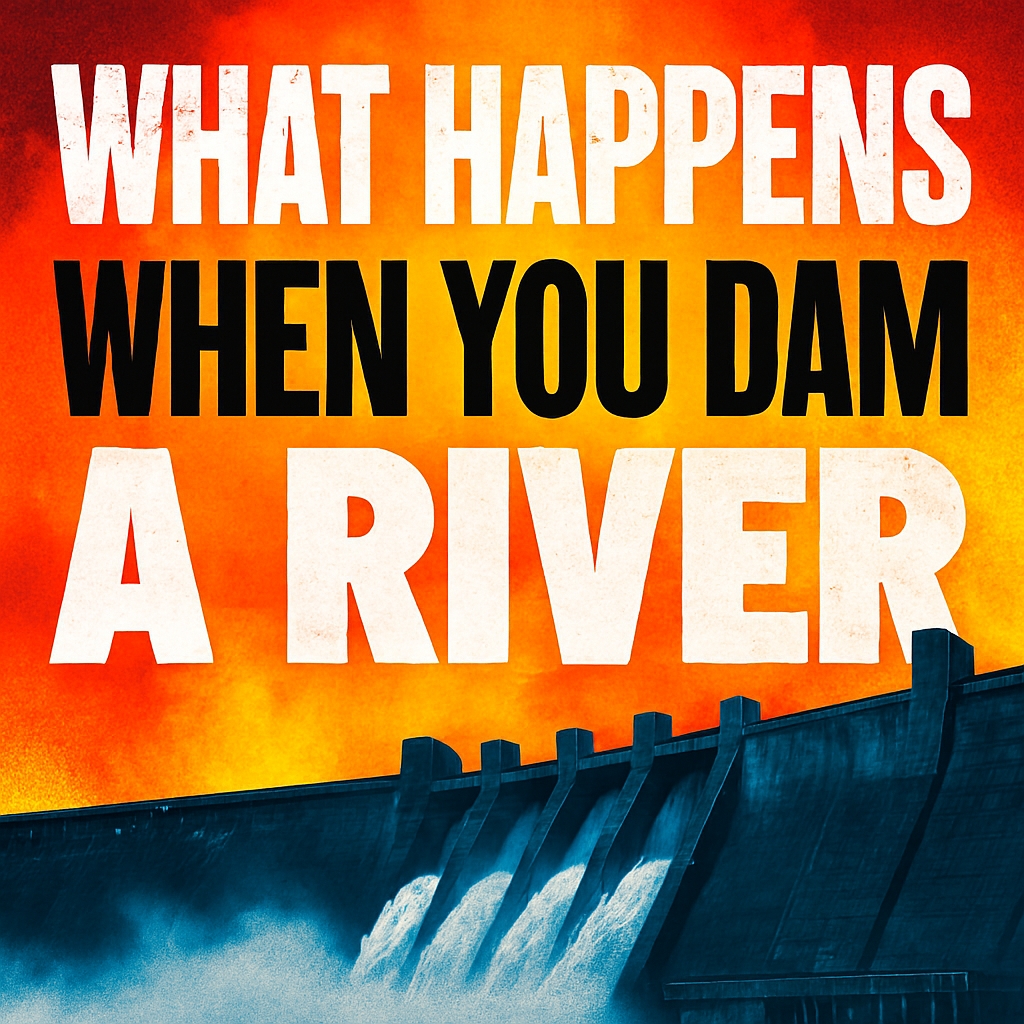The Untapped Legacy of Land Custodianship
Barriers to Inclusion – Constitutional, Cultural, and Systemic Dimensions
Australia’s environmental challenges—from biodiversity loss to land degradation—are intensifying. Yet, one of the most profound sources of ecological knowledge remains sidelined – the traditional custodians of the land, Aboriginal Australians. Their millennia-old practices of fire management, seasonal land care, and ecological balance offer not just historical insight but practical, long-term solutions. So why aren’t they more centrally involved in shaping Australia’s environmental future?

Deep Ecological Knowledge Rooted in Country
Aboriginal Australians have lived in harmony with the land for over 65,000 years. Their environmental stewardship is not just cultural – it’s scientific, observational, and adaptive.
- Fire-stick farming – Controlled burns were used to manage vegetation, reduce fuel loads, and promote biodiversity. These methods are now being re-evaluated as superior to Western fire suppression strategies.
- Seasonal land use – Aboriginal groups understood the rhythms of ecosystems, rotating activities to avoid overuse and allow regeneration.
- Species monitoring – Knowledge of animal behavior, migration, and breeding cycles informed sustainable hunting and conservation.
- Water and soil care – Practices like protecting sacred waterholes and avoiding erosion-prone areas were embedded in cultural law.
This knowledge isn’t anecdotal – it’s empirical, passed down through oral traditions, songlines, and lived experience. Yet it remains largely absent from mainstream environmental policy.
Why the Silence – Structural and Systemic Barriers
Despite growing recognition of Indigenous ecological expertise, Aboriginal Australians are often excluded from environmental decision-making. The reasons are complex and layered.
Constitutional and Legal Limitations
- No constitutional recognition – Aboriginal Australians are not formally recognized in the Australian Constitution, which limits their political leverage in national policy debates.
- Land rights vs. land access – While native title exists, it doesn’t always translate into practical control over land management. Bureaucratic hurdles and fragmented jurisdiction dilute Indigenous authority.
- Limited representation – Environmental agencies and advisory boards often lack Indigenous voices, especially from remote communities.

Governmental and Policy Gaps
- Short-term policy cycles – Governments often prioritize immediate economic or political gains over long-term ecological strategies rooted in Indigenous knowledge.
- Fragmented collaboration – Programs that do include Aboriginal input are often tokenistic or underfunded, lacking genuine co-management structures.
- Regulatory rigidity – Traditional practices like cultural burning may conflict with modern land-use regulations, creating legal barriers to implementation.
Cultural and Social Undercurrents
- Historical silencing – Colonization disrupted Indigenous knowledge systems and marginalized Aboriginal voices in public discourse.
- Misconceptions and bias – Some still view traditional practices as outdated or unscientific, despite growing evidence to the contrary.
- Urban disconnect – Many Australians lack exposure to Indigenous communities and their environmental philosophies, leading to a gap in understanding and appreciation.
Cultural Burning – A Science of Fire and Regeneration
Cultural burning is not random or destructive – it’s a precise ecological tool. Aboriginal fire regimes vary by region, season, and vegetation type. These burns reduce fuel loads, prevent catastrophic wildfires, and stimulate new growth. Studies in Arnhem Land and Western Australia show that areas managed with cultural burning have higher biodiversity and lower fire intensity.
Songlines and Ecological Mapping
Songlines are oral maps that encode environmental data – water sources, animal habitats, seasonal changes – into stories and songs. These are not metaphorical; they are navigational and ecological tools. Researchers have found that songlines often align with migratory routes, geological formations, and sustainable resource zones.

Sacred Sites and Conservation Ethics
Many sacred Aboriginal sites are ecological hotspots – waterholes, rock formations, and old-growth forests. These areas are protected not just spiritually but ecologically. The cultural taboo against disturbing these sites has functioned as a conservation mechanism for thousands of years.
Traditional Ecological Knowledge vs. Western Science
Traditional Ecological Knowledge (TEK) is observational, adaptive, and long-term. Western science often relies on short-term data and experimental models. Integrating TEK with Western methods can lead to more holistic environmental strategies. For example, combining satellite fire data with Indigenous fire calendars has improved bushfire prediction models.
Case Study – The Martu and Desert Management
The Martu people of Western Australia manage vast desert ecosystems using traditional burning, hunting, and seasonal movement. Their land shows higher biodiversity and fewer invasive species than adjacent areas managed by government agencies. Their approach is now being studied as a model for arid zone conservation.
Policy Failures and Missed Opportunities
Government programs like Working on Country and Indigenous Ranger initiatives have shown promise but remain underfunded. Many Aboriginal communities lack the infrastructure or legal support to scale their environmental work. Policy frameworks often treat Indigenous input as supplementary rather than foundational.
Education and Knowledge Transfer
Most Australian school curricula do not include Indigenous environmental science. This omission perpetuates ignorance and undervaluing of Aboriginal expertise. Including TEK in education would foster respect, understanding, and future collaboration.
Urban Aboriginal Voices and Environmental Justice
Urban Aboriginal communities are often excluded from land management discussions, yet they face environmental injustices – poor air quality, lack of green spaces, and climate vulnerability. Their perspectives are vital for shaping inclusive urban sustainability policies.

Climate Change and Indigenous Resilience
Aboriginal communities are disproportionately affected by climate change – rising temperatures, water scarcity, and ecosystem shifts. Yet their adaptive strategies, such as seasonal migration and resource rotation, offer models for resilience. Climate policy must include Indigenous foresight and leadership.
Reconciliation Through Land Healing
Environmental inclusion is not just ecological – it’s cultural reconciliation. Recognizing Aboriginal land care is a step toward healing historical wounds. Co-management of national parks, restoration of sacred sites, and acknowledgment of TEK are acts of justice as well as sustainability.
Indigenous Women – Guardians of Land and Knowledge
Indigenous women play a central role in environmental stewardship, often serving as knowledge holders, healers, and educators. Their contributions are frequently overlooked in policy and media. Empowering Indigenous women in land management strengthens community resilience and ecological continuity.
Language Loss and Environmental Impact
Many Aboriginal languages contain ecological terms and classifications that have no direct English equivalent. As languages disappear, so does the embedded environmental knowledge. Revitalizing Indigenous languages is not just cultural preservation – it’s ecological recovery.
Toward a More Inclusive Environmental Future
The path forward requires more than symbolic gestures. It demands structural reform, cultural humility, and genuine partnership.
- Constitutional recognition – Embedding Indigenous identity and rights into the Constitution would strengthen their role in national decision-making.
- Co-management frameworks – Shared governance of national parks, conservation zones, and fire regimes can integrate Indigenous and Western approaches.
- Education and awareness – Embedding Aboriginal ecological knowledge into school curricula and public campaigns can shift perceptions and build respect.
- Community-led initiatives – Empowering Indigenous communities to lead environmental programs ensures authenticity and sustainability.
Conclusion – Listening to the Land Through Its First Voices
Australia’s environmental future is not just a scientific challenge – it’s a cultural reckoning. Aboriginal Australians hold keys to ecological resilience that modern systems have yet to fully embrace. Their exclusion is not merely a policy oversight – it reflects deeper tensions in how Australia defines knowledge, authority, and belonging.
Are we as Australians just scared!
To heal the land, we must first listen to those who have always heard its voice.
Join the Discussion
What would it take to truly center Aboriginal wisdom in Australia’s environmental future? Share your thoughts, stories, and experiences. Let’s open space for respectful dialogue and amplify the voices that have long been silenced.
#IndigenousKnowledge #EnvironmentalJustice #AboriginalAustralia #CulturalBurning #LandCare #AustralianEnvironment #ListenToCountry #FirstNationsWisdom #TEK #ReconciliationThroughLand #LanguageIsLand #IndigenousWomenLead

















Earth Vs Humans Who’s Smarter Out Of Powerful Entities In 25
[…] recognition often lacks ecological grounding. We see signals in spreadsheets but miss them in soil. Earth’s intelligence is embodied in patterns that sustain life. Ours must evolve to include the rhythms of the biosphere. Intelligence means […]